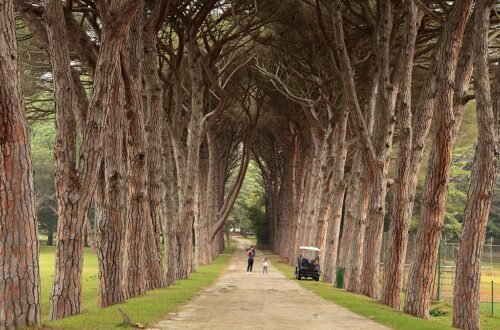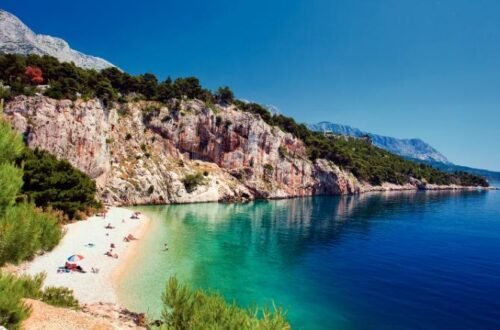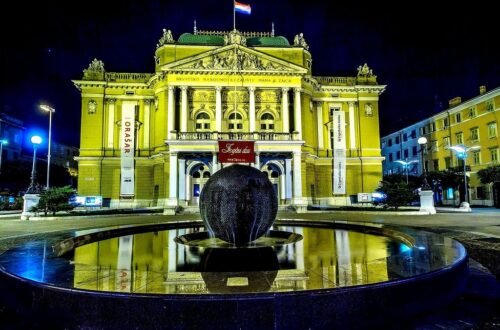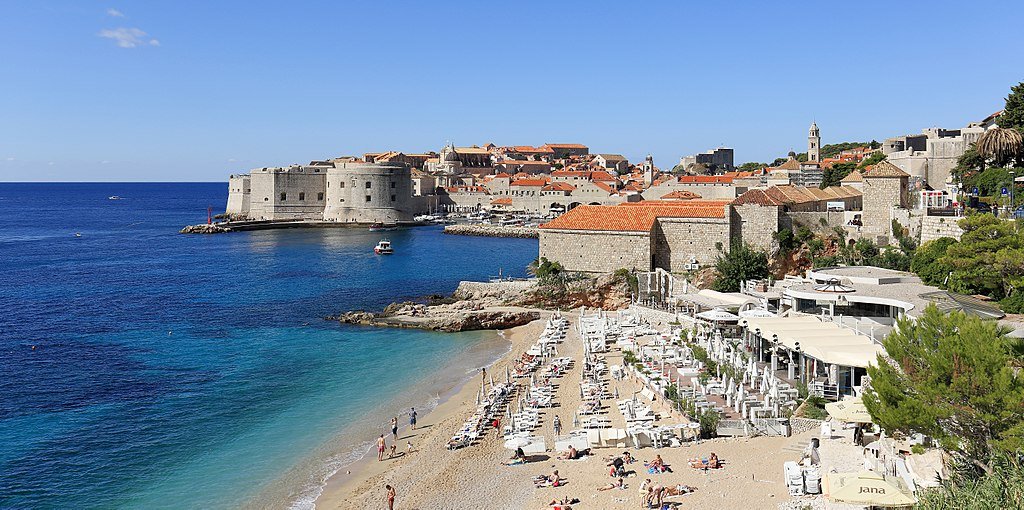
15 Best Things to See in Dubrovnik (Croatia)
Visitors to Dubrovnik should be sure to check out every corner of the old town and the city’s iconic walls. Since Game of Thrones highlighted the city’s stunning architecture, tourists have descended on Dubrovnik to experience “King’s Landing,” “Qarth,” and the “Red Keep” gardens in person. You may explore the tops of the city walls and the perimeter towers, or you can duck into the atmospheric lanes of the old town to see the intriguing churches, monasteries, and monuments that are all home to intriguing stories. Let’s examine the top activities in Dubrovnik:
- St. John Fortress
- Lokrum Island
- Cable car
- Sailing and sea kayaking
- Orlando’s Column
- Dubrovnik Cathedral
- City Walls
- Sponza Palace
- Franciscan Monastery
- Beaches
- Lovrijenac Fort
- Church of St. Blaise
- Old Town
- Trsteno Arboretum
- Clock Tower
St. John Fortress
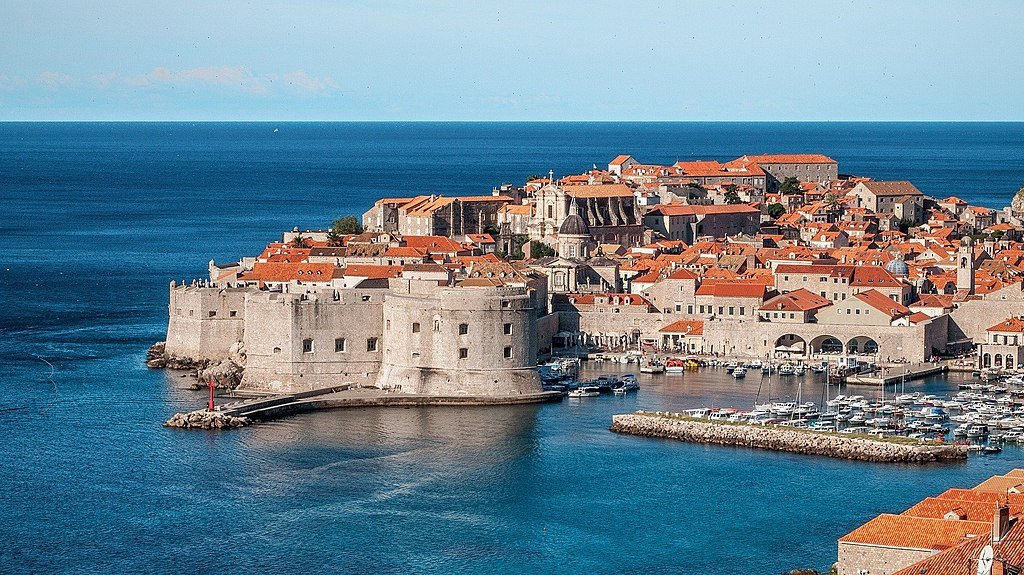
The defenses guarding Dubrovnik’s harbor are on the southeast side of the St. John Fortress, which is a part of the city walls. For hundreds of years, Dubrovnik was susceptible to pirate invasions, so they devised a cunning deterrent. When the warning was sent out, they’d lift a heavy metal chain that ran from this fortress to the Kase Jetty in the port to damage ships. If you enter the tower, you can look around the marine museum upstairs after visiting a tiny aquarium on the first floor.
Lokrum Island
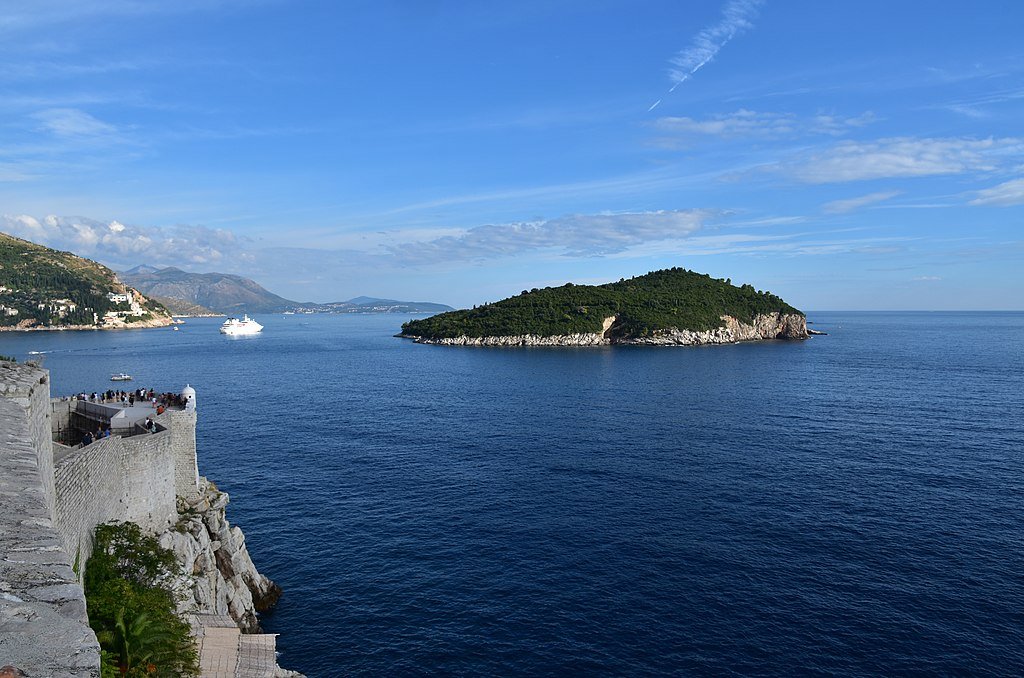
All day long, ferries run from the harbor to this island neighboring Dubrovnik. A quick method to get away from the crowds and take a break. It will take ten minutes to get there. The island is almost totally covered in a lush, deep-green pine forest, which you may stroll around using walking paths. These walking paths also lead to the coast, where you can find rocky bays with swimming-friendly seas and even peacock families that the 19th-century Austrian Archduke Maximilian introduced to the island. During the summer, a restaurant is open in the island’s former monastery.
Cable car
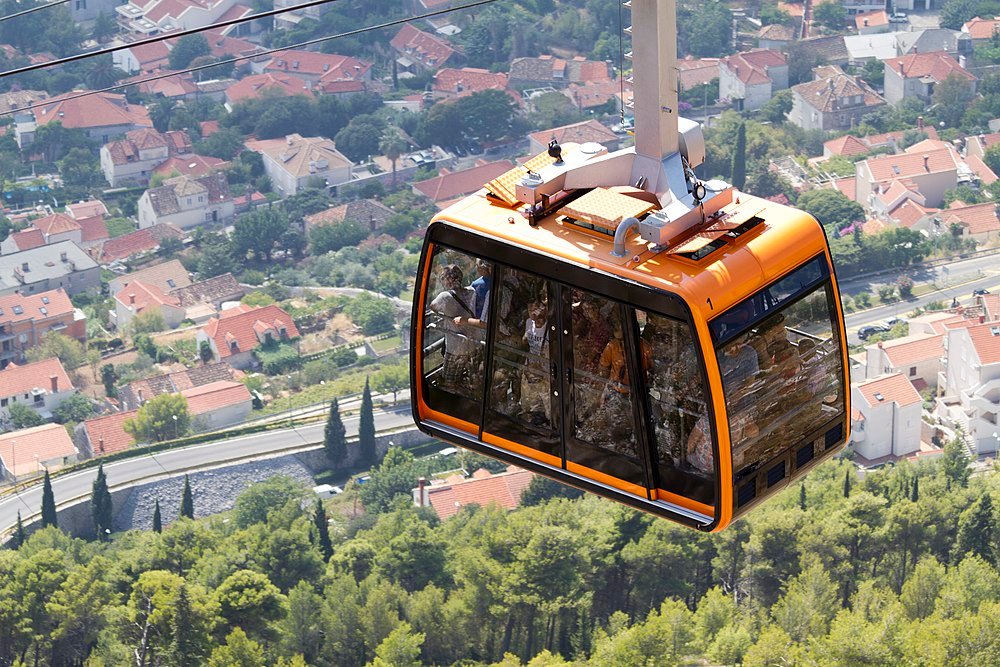
From the summit of Mount Srd, which towers 412 meters above the city a short distance inland, one may unquestionably get the best view of Dubrovnik. A cable car serving the top was constructed in 1969 and runs until midnight during the busiest summer months. The views of Dubrovnik’s towers and walls, the baked clay roofs of the city, and the evergreen outlying islands against the cobalt Adriatic will be with you forever. You may see the sun set behind the city to the west as night falls.
Sailing and sea kayaking
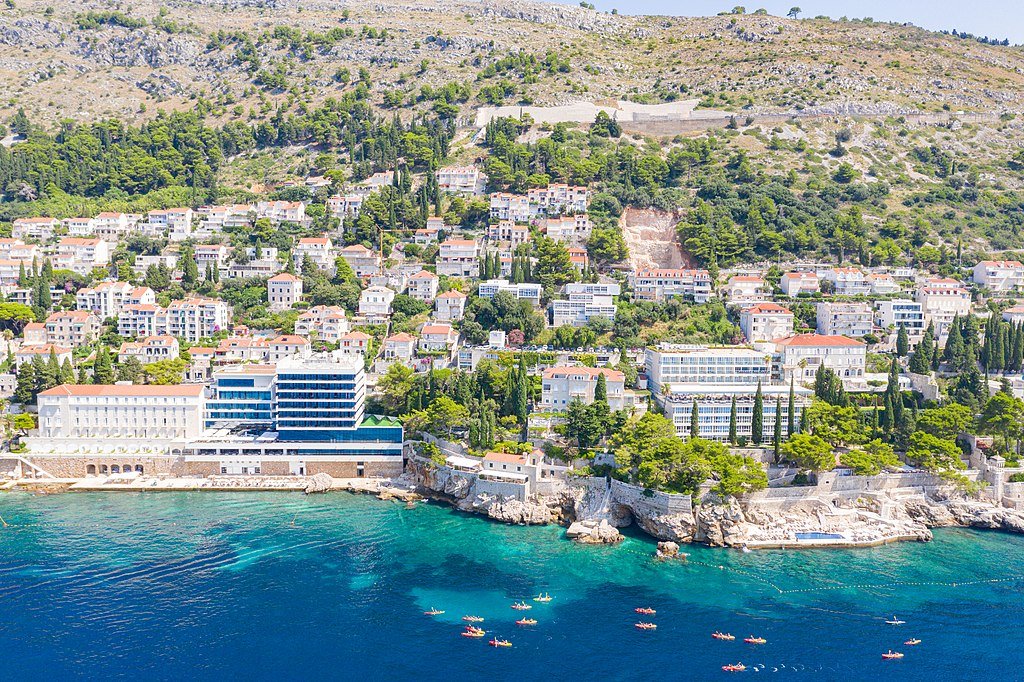
The Elaphite archipelago’s pristine nature reserves are just the beginning of the universe of islands that lie off the coast of Dubrovnik; Lokrum Island is merely the tip of the iceberg. If you want to book a motor boat for the day or weight anchor for a significant sailing excursion, there are a number of charter companies present at the marina. You may get a closer look at Dubrovnik’s walls and towers by going on a sea kayak excursion. Because the pace is moderate and leisurely and the guides speak English, you don’t have to be an Olympian to participate.
Orlando’s Column
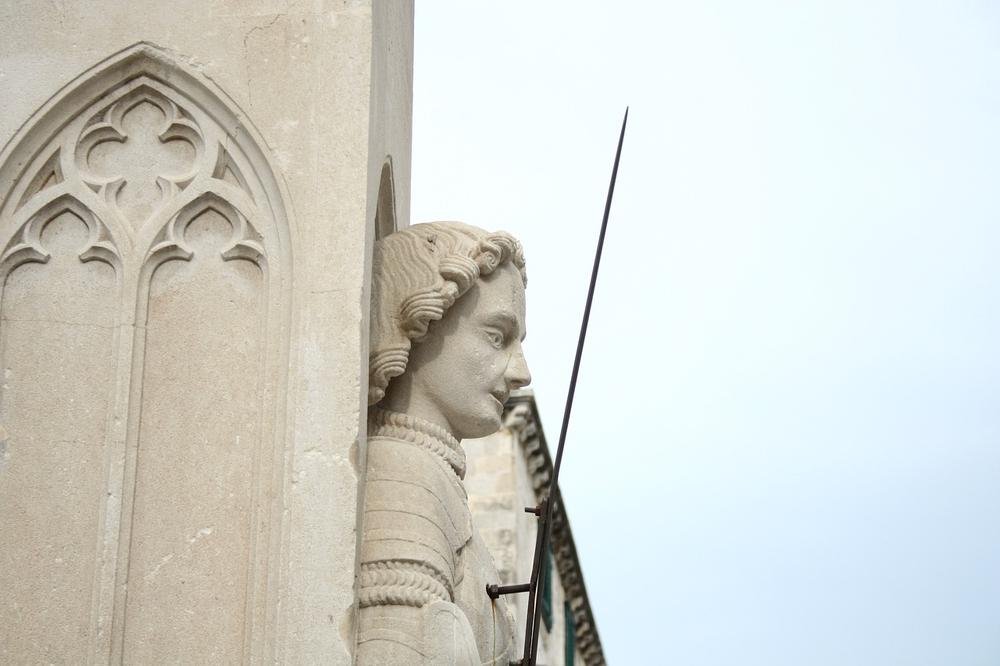
This stone column and flagpole, which originated in the 1400s, is at the eastern end of Placa, directly in front of the Church of St. Blaise, and it serves as a gathering place in the middle of the old town. According to legend, Orlando, a medieval knight portrayed on the column, assisted in defending the Republic of Ragusa during a 15-month Saracen siege in the 800s, preserving Dubrovnik’s status as a free-trade city-state. Naturally, the column has come to stand for Dubrovnik’s freedom, and the Libertas flag will be flown from the mast during the city’s festival.
Dubrovnik Cathedral
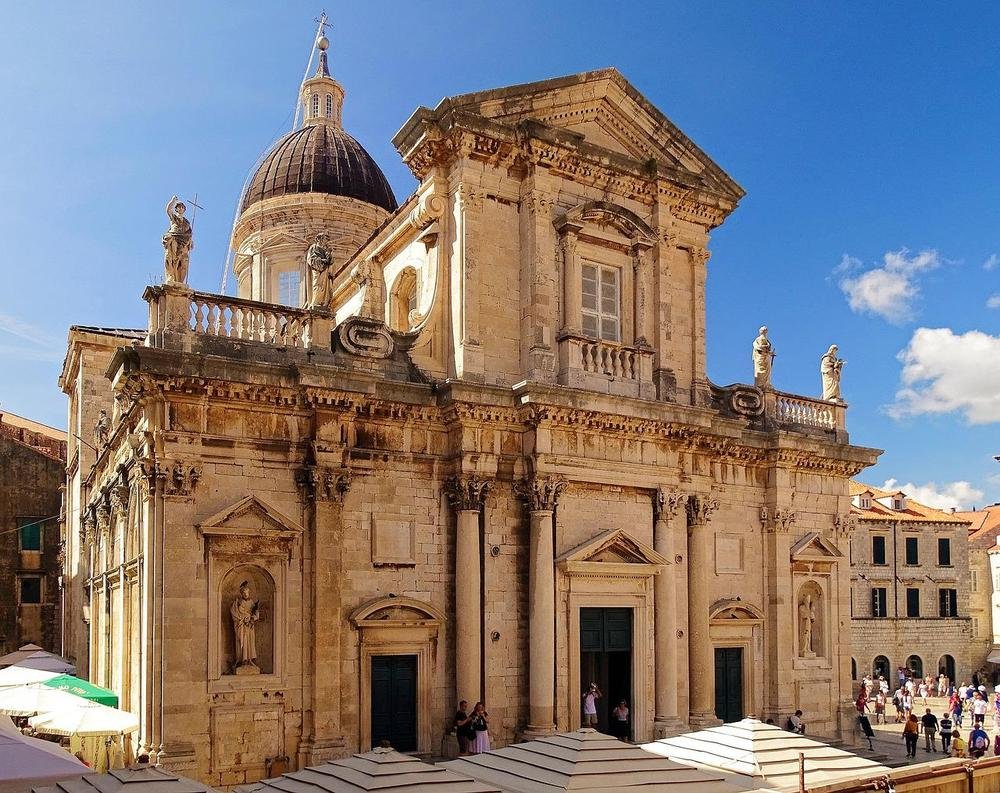
One of Dubrovnik’s many pieces of baroque architecture is the city’s cathedral. Viewing the inside artworks is just one of the many benefits of visiting this seat of the diocese. A triptych of Titian’s Ascension of Mary, painted in 1550, is displayed on the main altar. Several additional outstanding pieces by Croatian and Italian artists from the same era are shown on the side altars of the cathedral. The gold-plated bones of St. Blaise are among the several priceless liturgical artifacts from the 1000s to the 1700s that may be found in the treasury.
City Walls
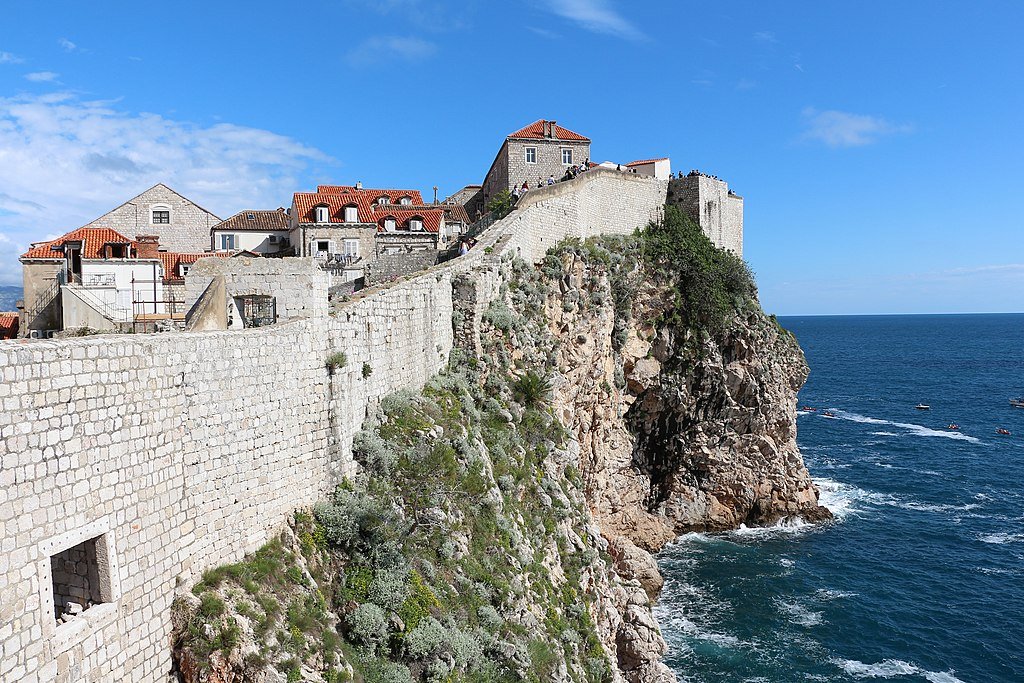
One factor that made Dubrovnik eligible for UNESCO recognition was its imposing fortifications, and fans of Game of Thrones will recognize several sites. These white limestone defenses go back to the 600s, but their current form dates to the 15th century, when the fall of Constantinople was all the warning Dubrovnik’s officials needed that the Ottomans were on their way! The entire circle around the battlements will take about an hour, including stops to enjoy the breathtaking views of the city backed by the Adriatic. While guided tours can provide you with additional information, leaving early will help you avoid the throng.
Sponza Palace
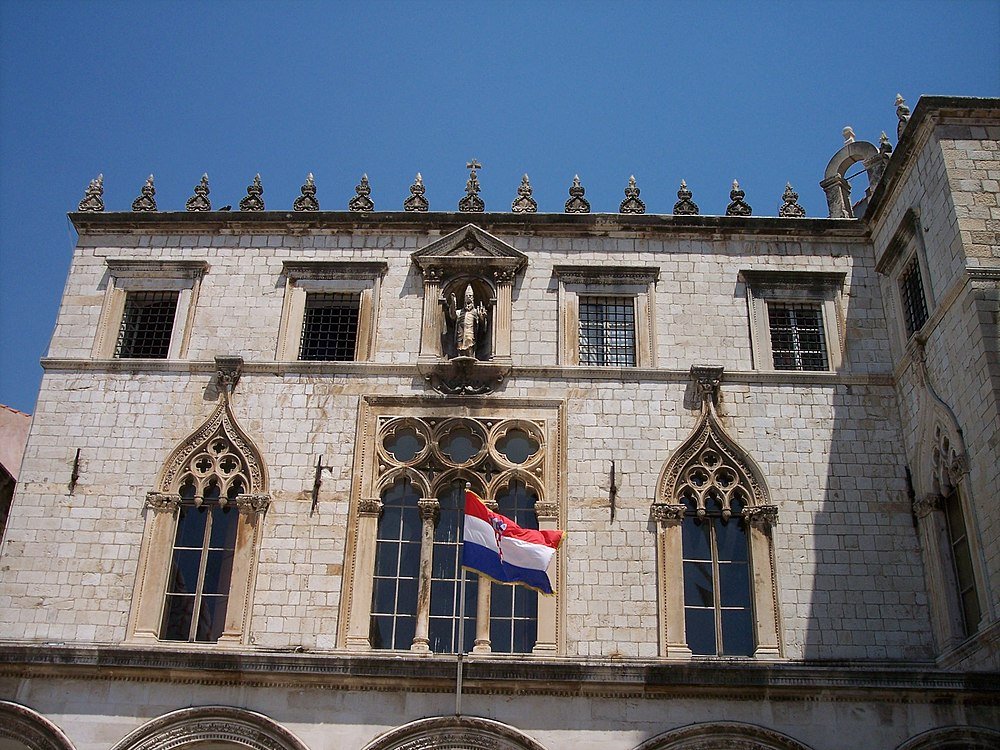
This early 1500s rectangular palace with a lovely loggia has been used as a secular public structure ever since it was constructed. Up until the 20th century, dealers and merchants conducted their business in the atrium inside the building’s gate; there is even an inscription in the arch advising them not to defraud one another. One of the few Renaissance structures to survive the devastating earthquake of 1667 was Sponza Palace. The palace now houses the city archives, which contain some 100,000 papers dating back to the tenth century.
Franciscan Monastery
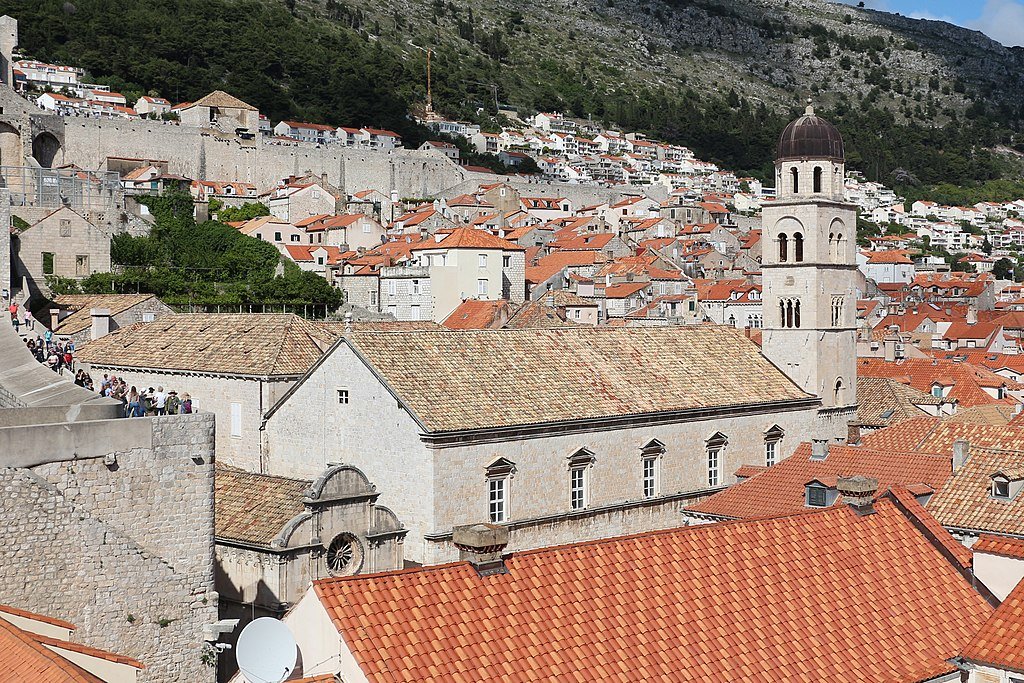
This complex dates back to the 13th century and was relocated inside the city walls after an earlier monastery was built outside the walls and then abandoned. The church was destroyed by the infamous earthquake of the 17th century, and it was reconstructed in a baroque fashion, while the rest of the monastery is Romanesque and Gothic. The monastery’s pharmacy, one of the oldest still in use in the world, is a must-see and dates back to 1317. The library, which has 20,000 books, including 1,200 precious manuscripts, is particularly remarkable.
Beaches

Few of the beaches along this stretch of the Adriatic are sandy; rather, the turquoise seas that lap the shore and the backdrop of either a pine forest or an old building are what draw people in. One of the most tourist-friendly locations to unwind by the Adriatic Sea is Lapad Beach. This gently arcing bay has a relatively broad beach with white pebbles and a pedestrian zone just beyond the beach with pubs and restaurants. You can also swim in the sea from the rocks further around the bay.
Lovrijenac Fort
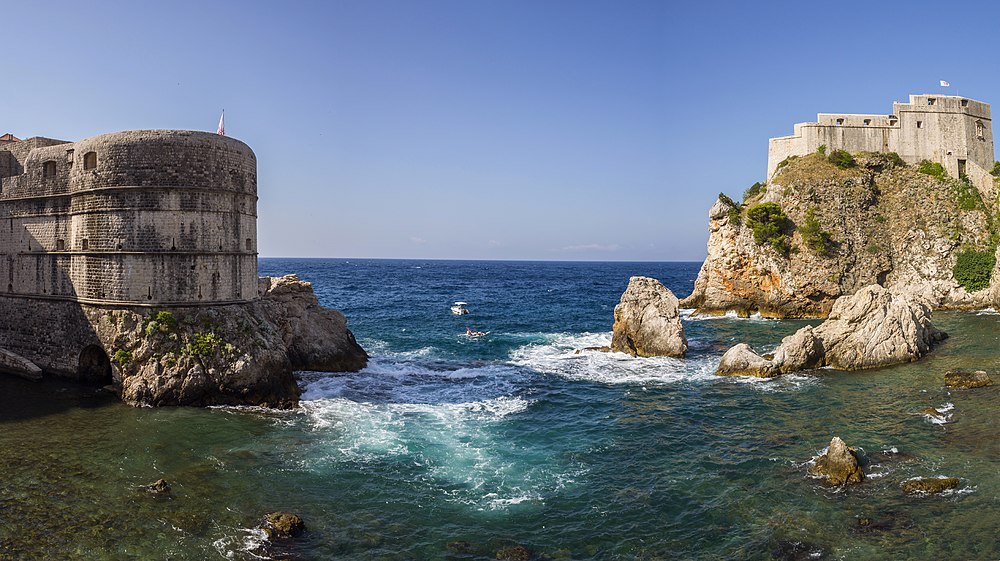
One of Dubrovnik’s picture-perfect fortifications guards a steep spur rising 40 meters above the water. Throughout the protracted conflict with the Venetians, Lovrijenac gained a position in local mythology. The locals beat the invaders to it by constructing this fortification in just three months at the beginning of the 11th century as part of their effort to seize the city. Be sure to attend the play Hamlet at this magnificent location if you’re in town for the Dubrovnik Summer Festival.
Church of St. Blaise
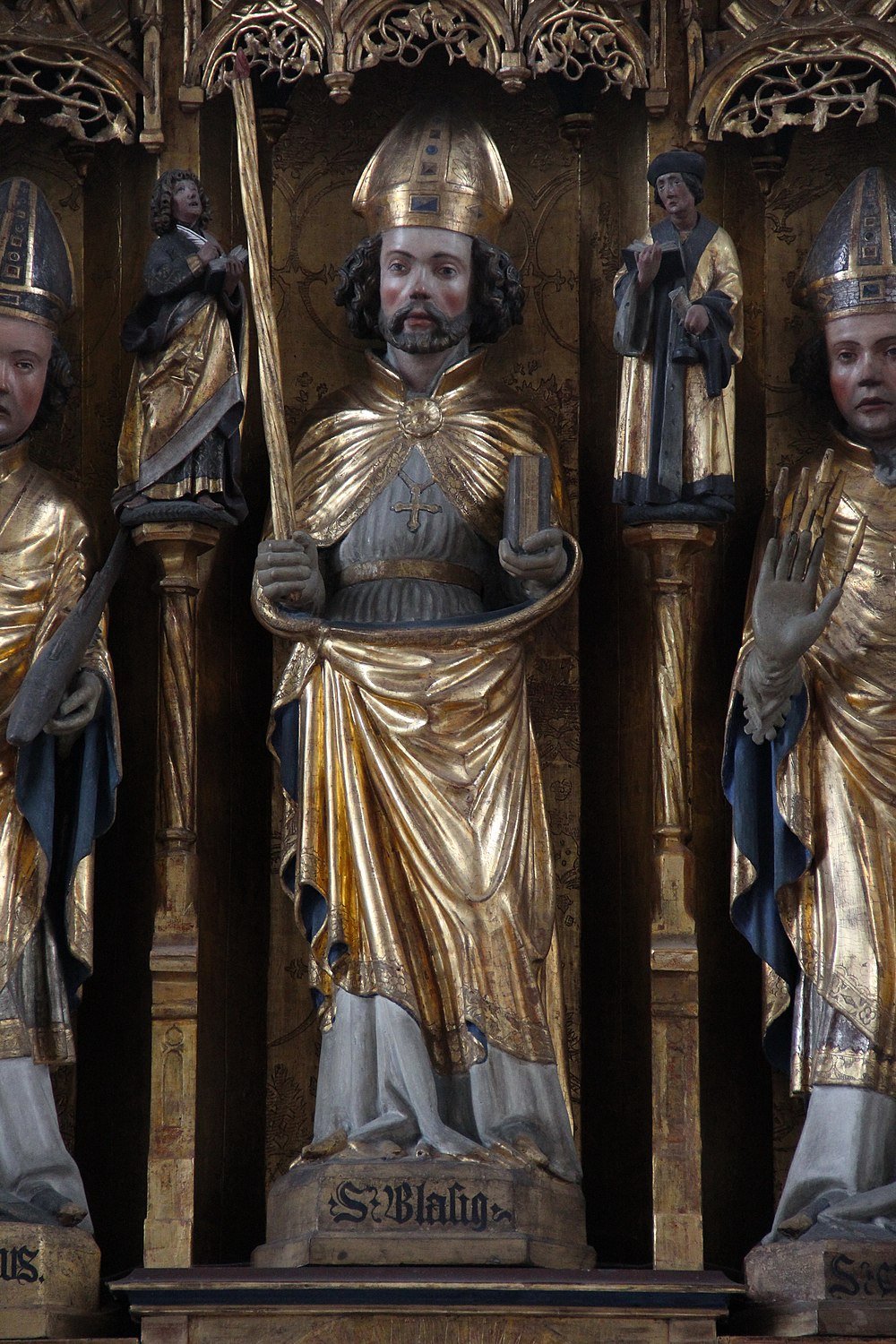
St. Blaise’s, an elaborate baroque church, took the place of a Romanesque structure that was destroyed by the earthquake. Beginning in the early 1700s, Marino Gropelli, a Venetian architect, constructed the existing building. The church’s connection to St. Blaise, who is renowned for aiding in the defense against a surprise attack by Venetian forces in the 900s, is what makes it such a landmark. Although St. Blaise had long since been gone (he was executed by Diocletian in the 300s), he nevertheless appeared to the cathedral priest of Dubrovnik in a dream to warn him of the approaching invasion.
Old Town
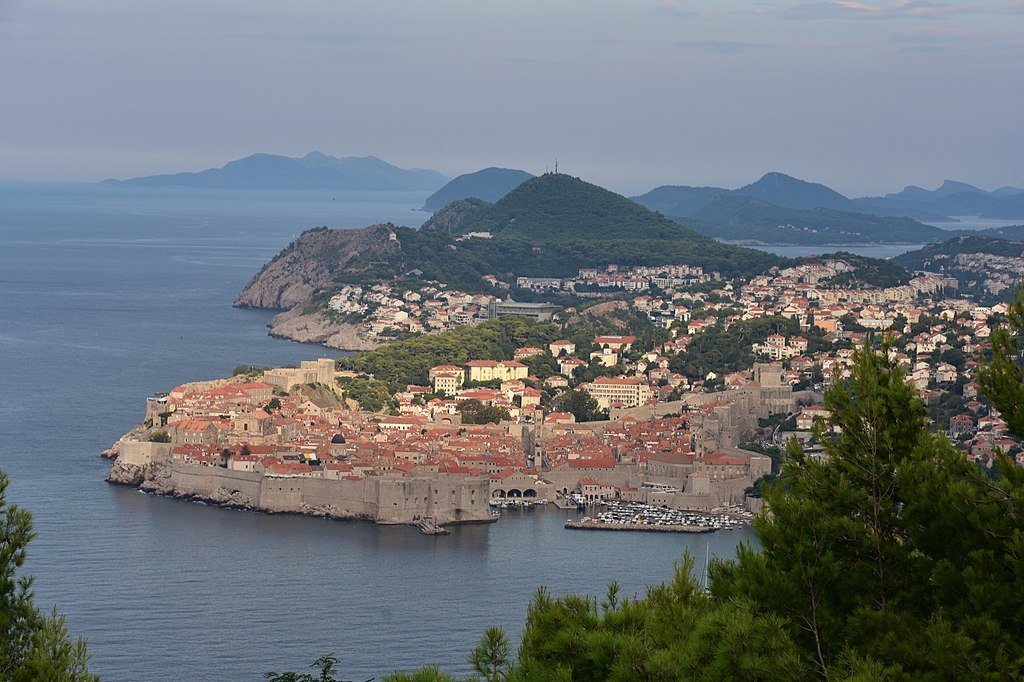
The old town of Dubrovnik’s winding streets can at times resemble a movie set, and if you allow your curiosity to lead you down all of its little alleyways, you’ll find that you can work up a great appetite. The Placa, the main street of ancient Dubrovnik and a straight, broad limestone waterway running beneath stately old buildings, is where you can get a sense of where you are. As you stroll, you’ll note that practically every structure has the same floor plan. This is the result of a city-wide building design order that was issued in the wake of an earthquake and fire in the 17th century. The patron saint of Dubrovnik is honored with a parade through Placa on St. Blaise’s Day, which falls on the third of February.
Trsteno Arboretum
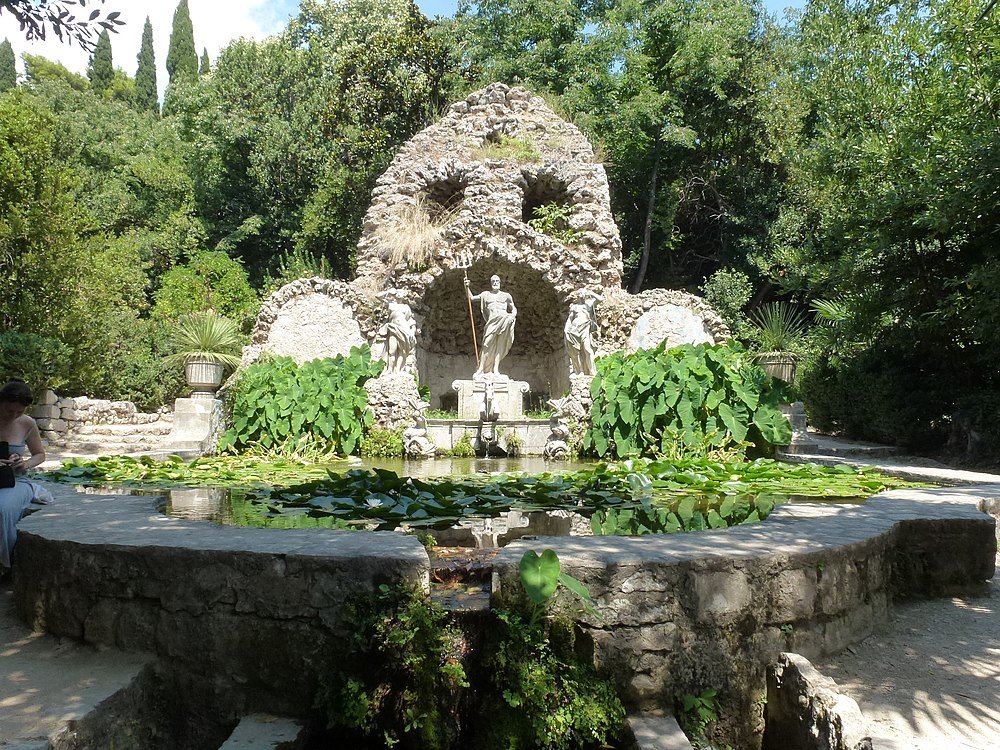
One of the oldest arboretums in the area, this charming park on a slope adjacent to the sea dates to the 1400s. The Arboretum was able to acquire tree species from all over the world thanks to Dubrovnik’s status as a major trading hub. Consider this location’s majestic pair of 500-year-old oriental plane trees, which are unheard of in all of Europe. The arboretum, which is a part of a similar-era estate, is a notable spot to stroll because of its sculptures and fountains, as well as the aqueduct built to water the park. The Red Keep gardens for (you guessed it!) Game of Thrones’ third and fourth seasons were also filmed here.
Clock Tower
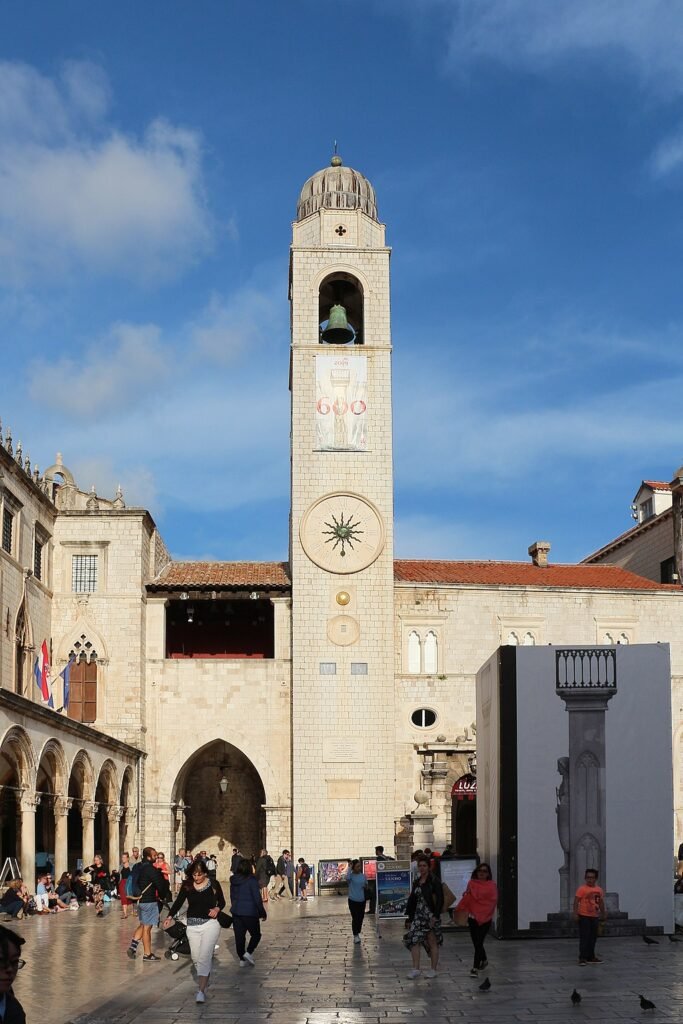
The clock tower in Dubrovnik, which is the most notable structure in Luza Square, is 31 meters tall and was constructed in 1444. It has two bronze figures named “Baro” and “Maro” on either side of the large bell at the top, both of whom are holding mallets and are part of the mechanism that causes the church to chime every day at noon.


